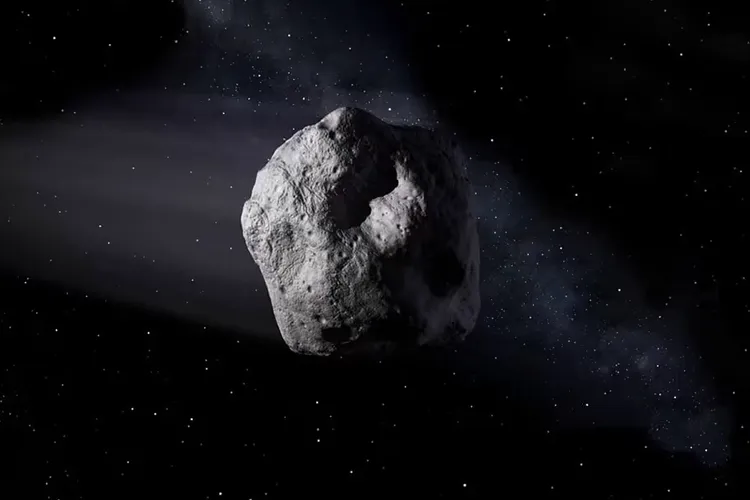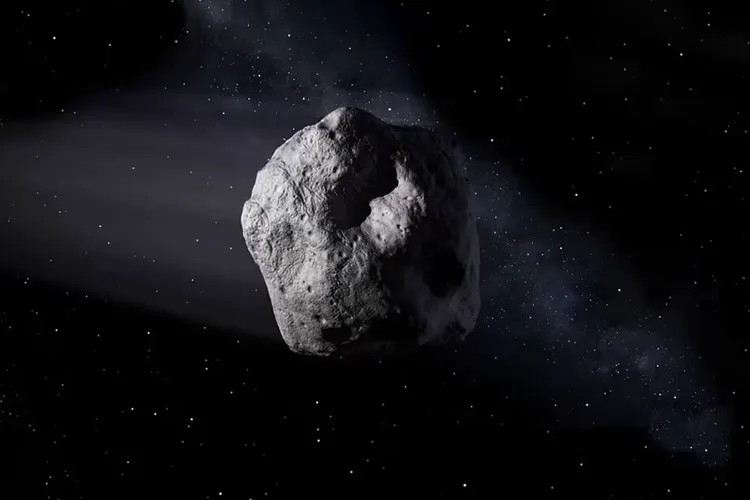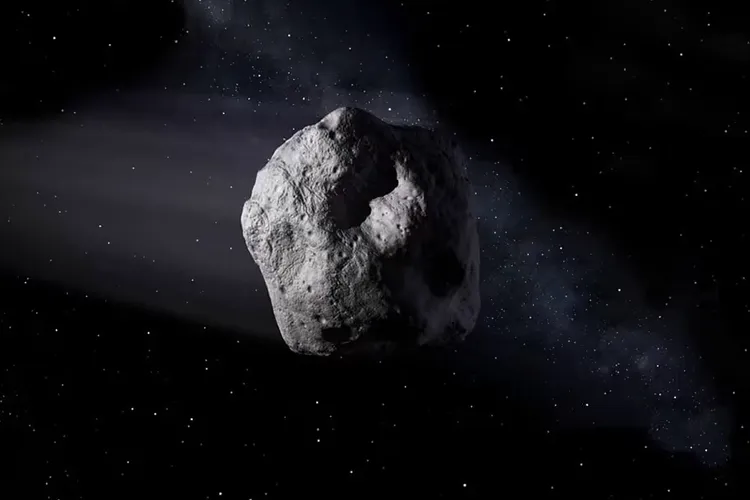A Newly Discovered “Quasi-Moon” Has Joined Earth’s Orbit — and It’s Expected to Stay With Us for the Next 60 Years
The Earth just got a temporary cosmic companion. Astronomers have confirmed the discovery of a new “quasi-moon” — a small asteroid that’s been captured by Earth’s gravitational pull and is now orbiting alongside our planet. While it’s not a true moon like the one we see shining in the night sky, it’s close enough to be considered a kind of loyal, if short-lived, celestial visitor.

Named 2025 PN7, the object was first identified earlier this year and has since fascinated astronomers around the world. According to a study published in IOP Science, the newly discovered space rock is expected to remain in a stable orbit with Earth until around the year 2083, meaning it will be part of our solar neighborhood for roughly the next 60 years.
Quasi-moons are rare, and their orbits are unlike the familiar path of our actual moon. Instead of revolving directly around Earth, these objects share a similar orbit around the Sun but appear to “dance” alongside our planet as we both make our yearly journey around the star. From Earth’s perspective, it can look as though these asteroids are looping around us — drifting closer and farther in an elegant gravitational ballet.
NASA’s Jet Propulsion Laboratory (JPL) confirmed that 2025 PN7 poses no threat to our planet. It’s relatively small, estimated to be just a few dozen meters across, and remains at a safe distance — several million kilometers away. But what makes it special isn’t its size or proximity; it’s what it represents. Discoveries like this help scientists better understand the complex gravitational relationships that exist in our solar system, and how small bodies can be temporarily “captured” by planets before moving on.

Researchers note that Earth has had a few quasi-moons before. The most well-known one, 469219 Kamoʻoalewa, was discovered in 2016 and continues to orbit near Earth to this day. However, 2025 PN7’s orbit is more temporary. Simulations suggest it will stay with us for about six decades before eventually being pulled away by the Sun’s gravity and drifting off into space once again.
For astronomers, tracking these small objects isn’t just an exercise in curiosity — it’s crucial to understanding the history and future of our planet’s orbit. Studying quasi-moons provides insight into how gravitational forces shape planetary systems and could even help inform future space missions. Because these objects often move in similar orbits to Earth, they could one day become potential targets for scientific exploration or mining missions.
As technology improves, the discovery of objects like 2025 PN7 has become more frequent. Advanced telescopes and automated tracking systems allow scientists to spot faint movements that once went unnoticed. Each new find reminds us how dynamic and ever-changing our cosmic environment truly is.
While 2025 PN7 may not sparkle in the night sky like our permanent moon, its quiet presence will accompany Earth for the next two generations — a reminder that the universe is always in motion, full of mysteries waiting to be found. And when it finally drifts away decades from now, it will leave behind one more story in the long, beautiful relationship between our planet and the stars.



